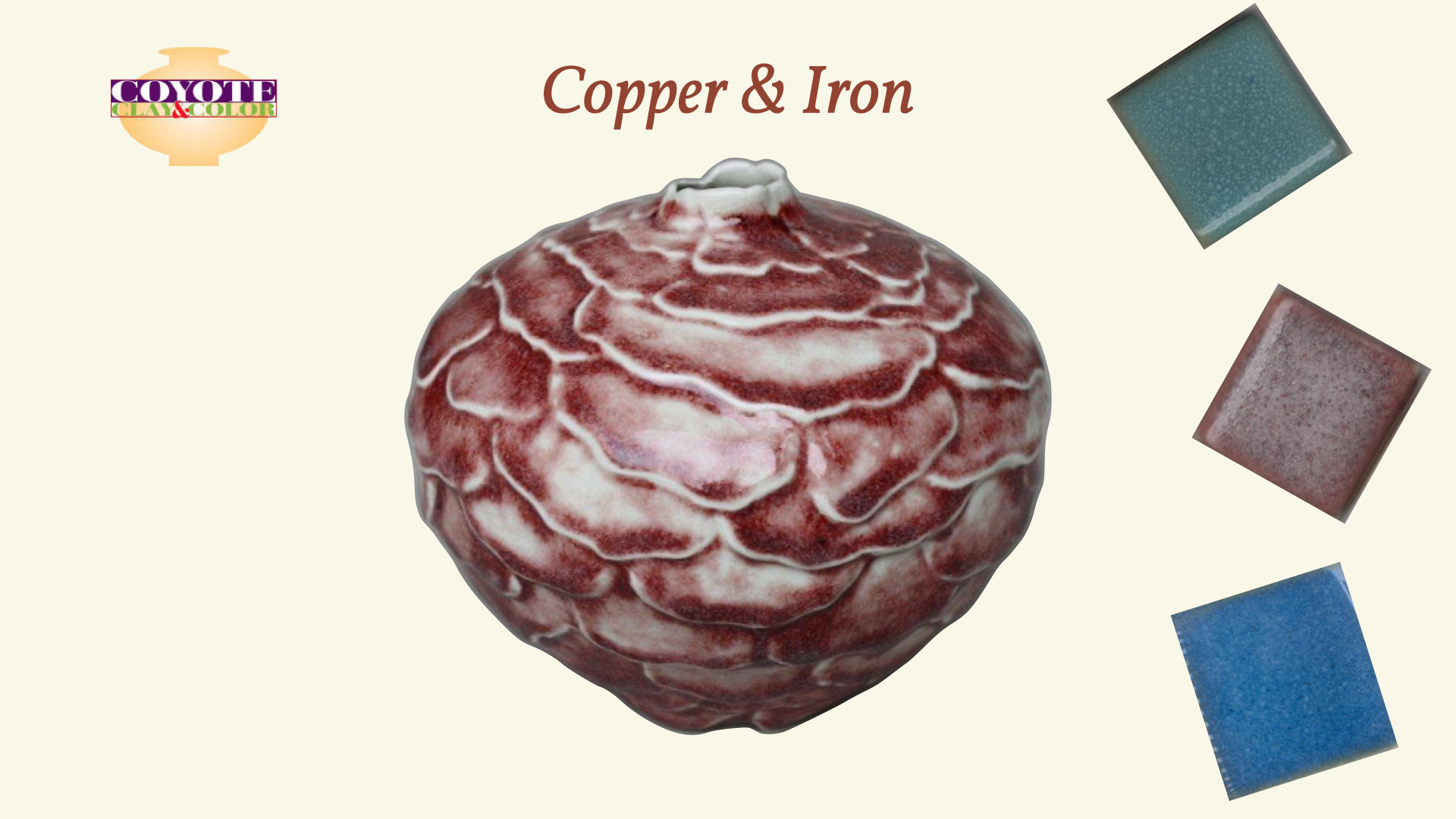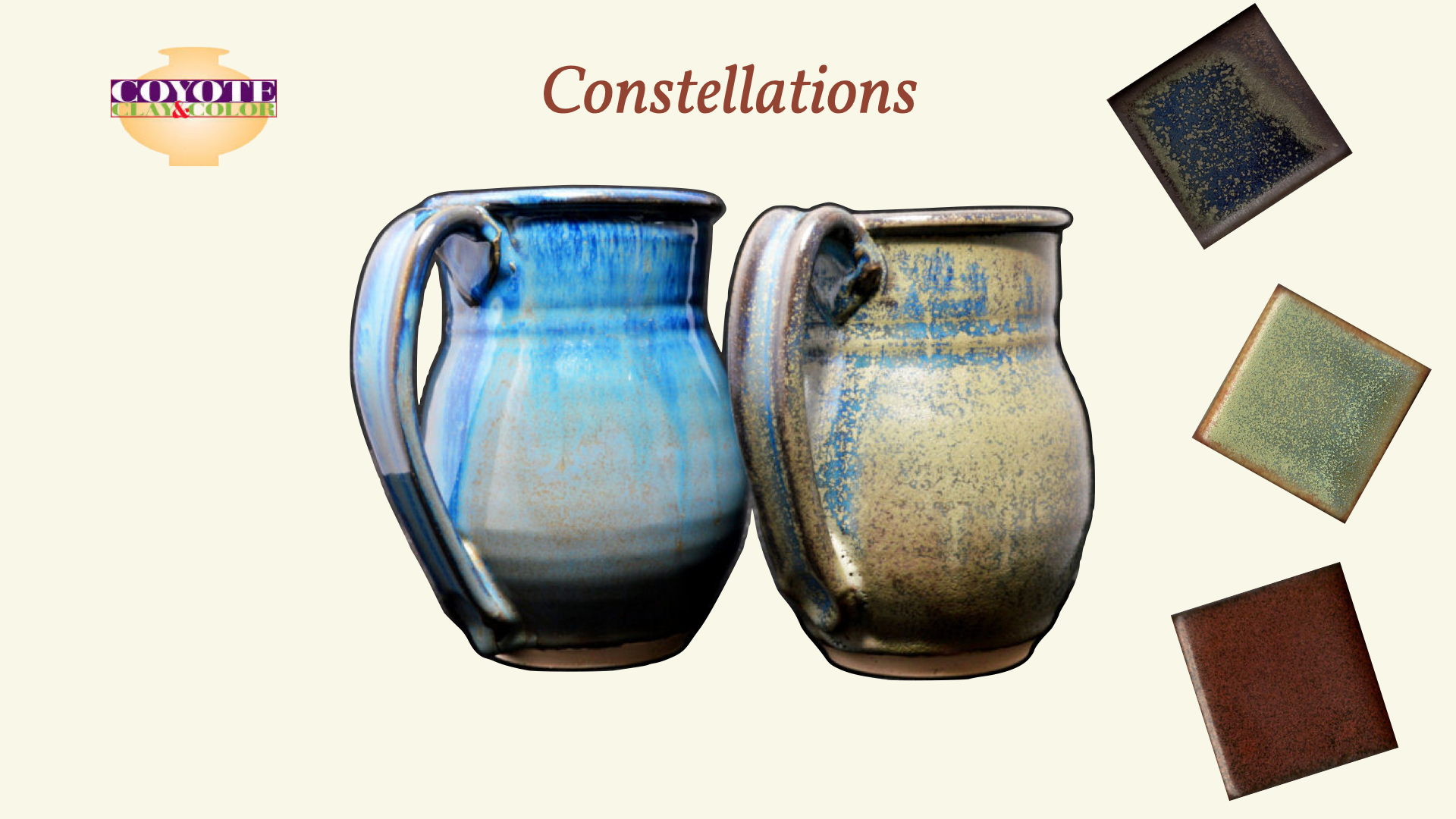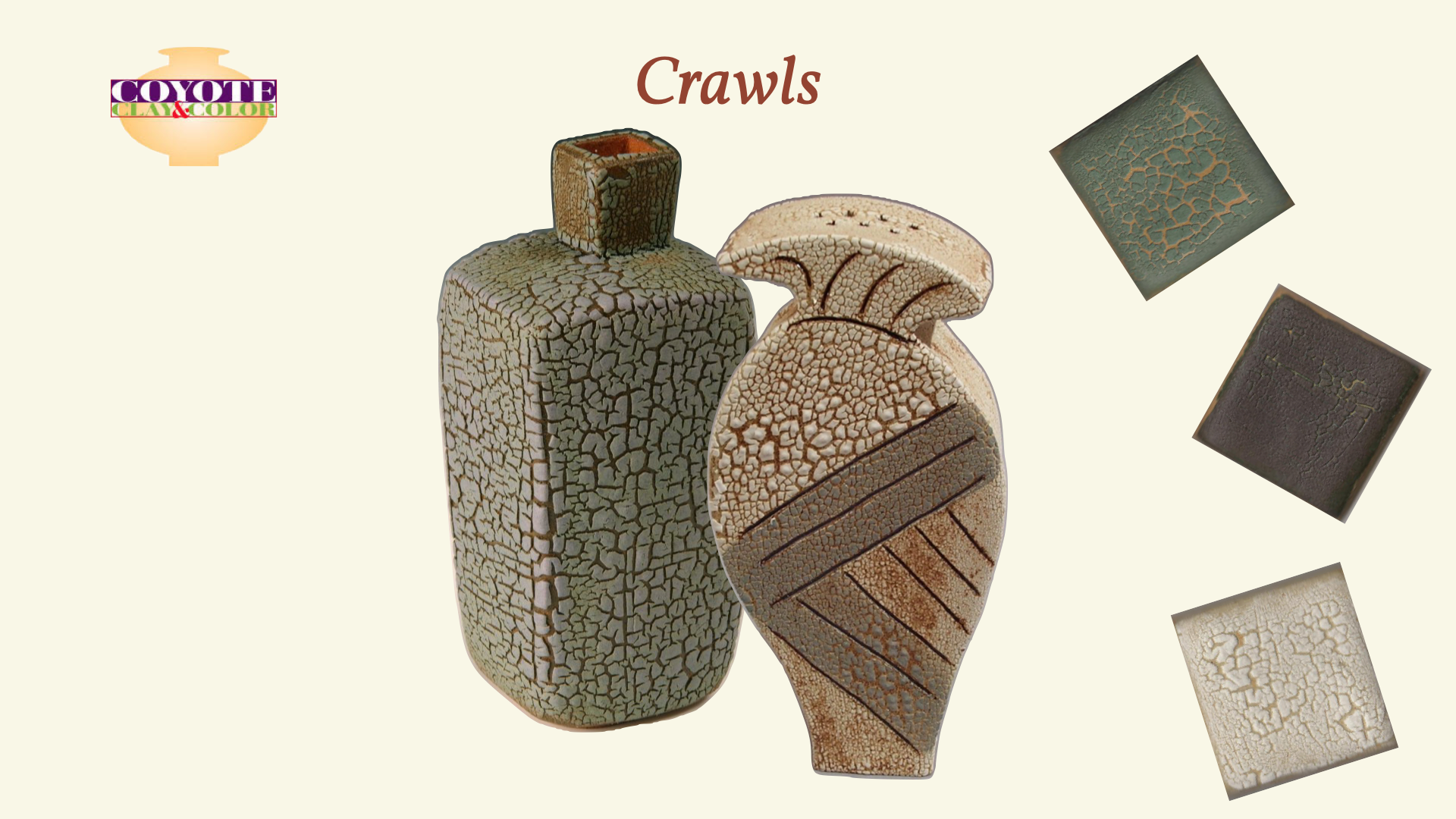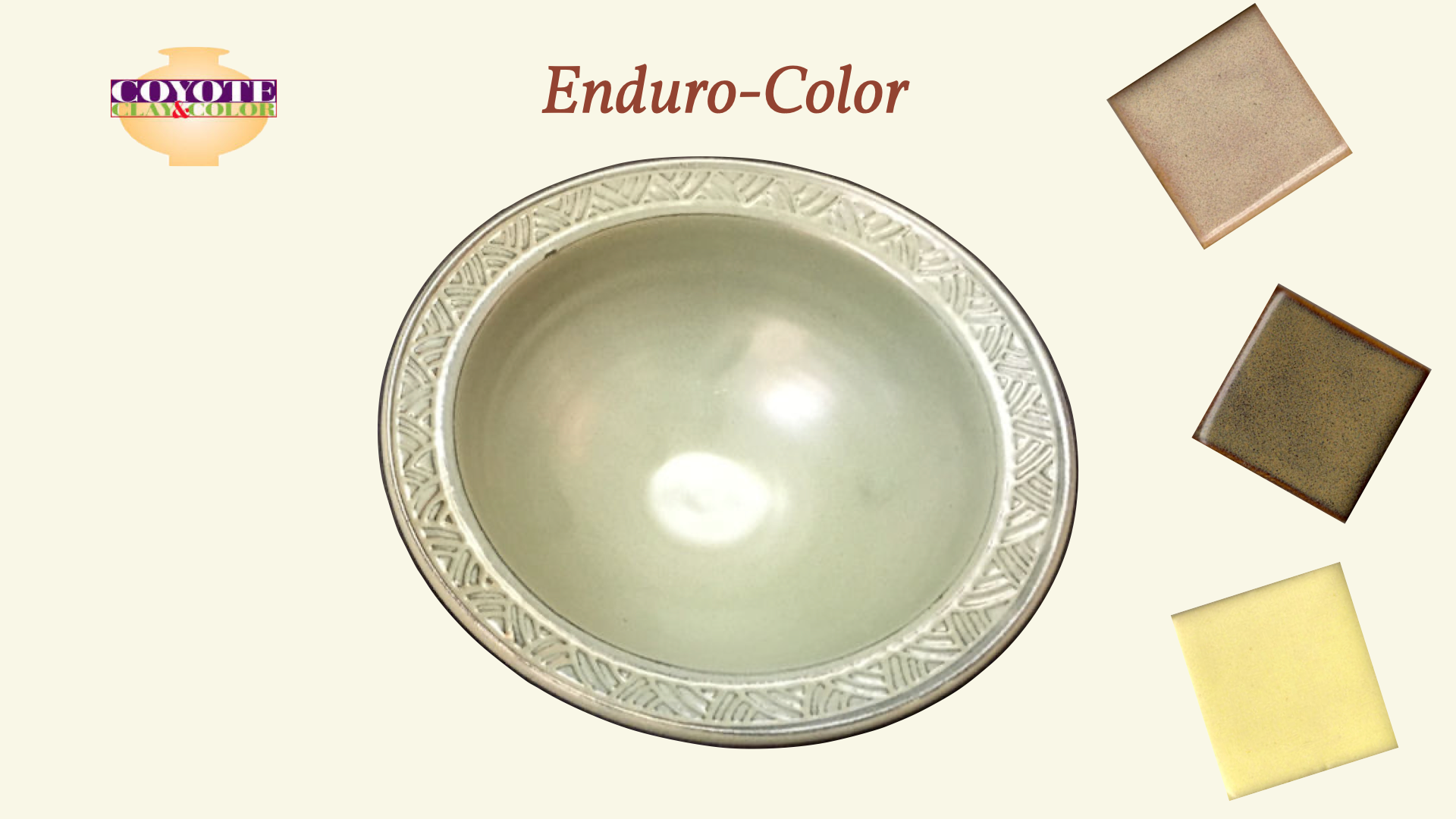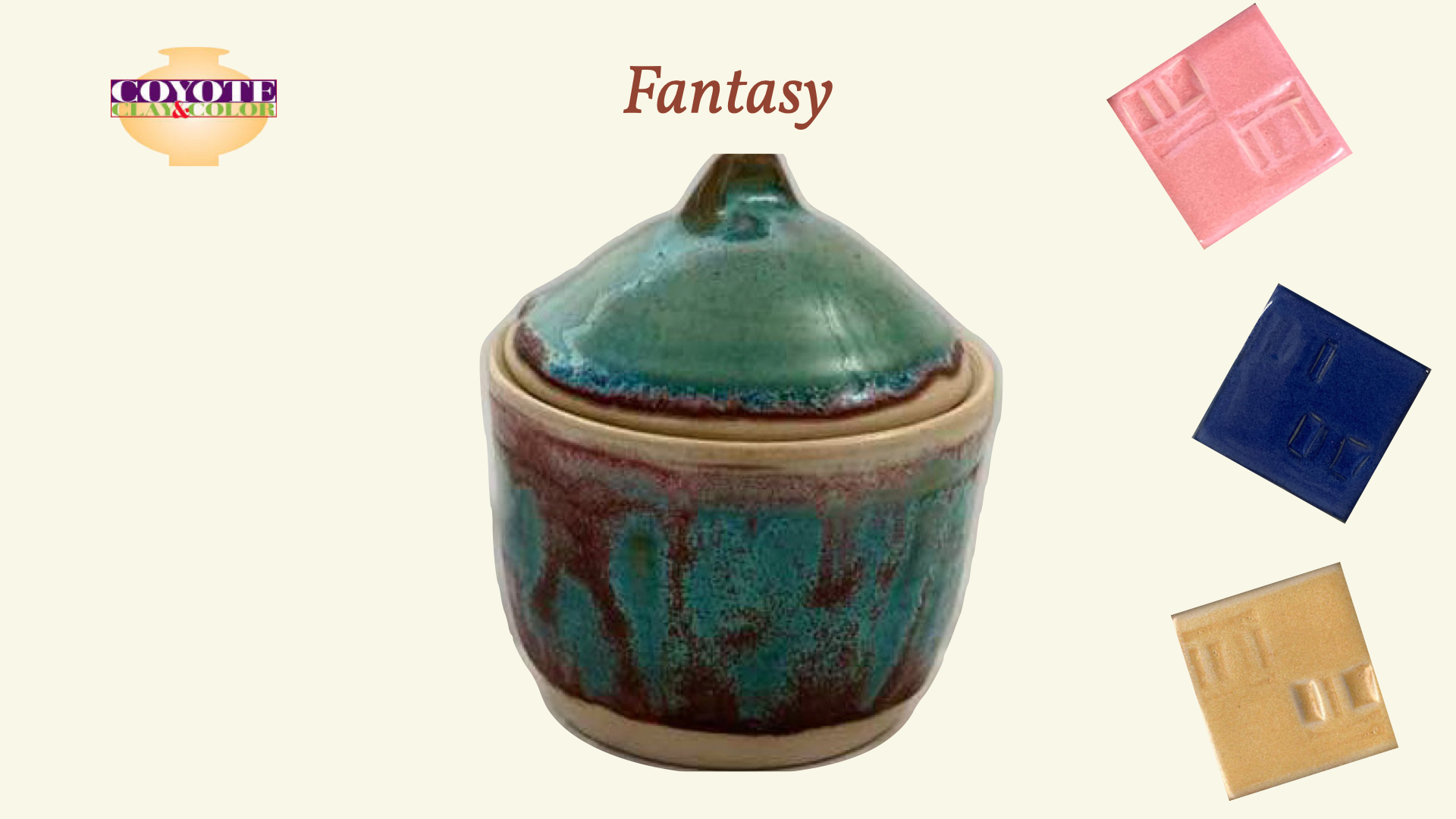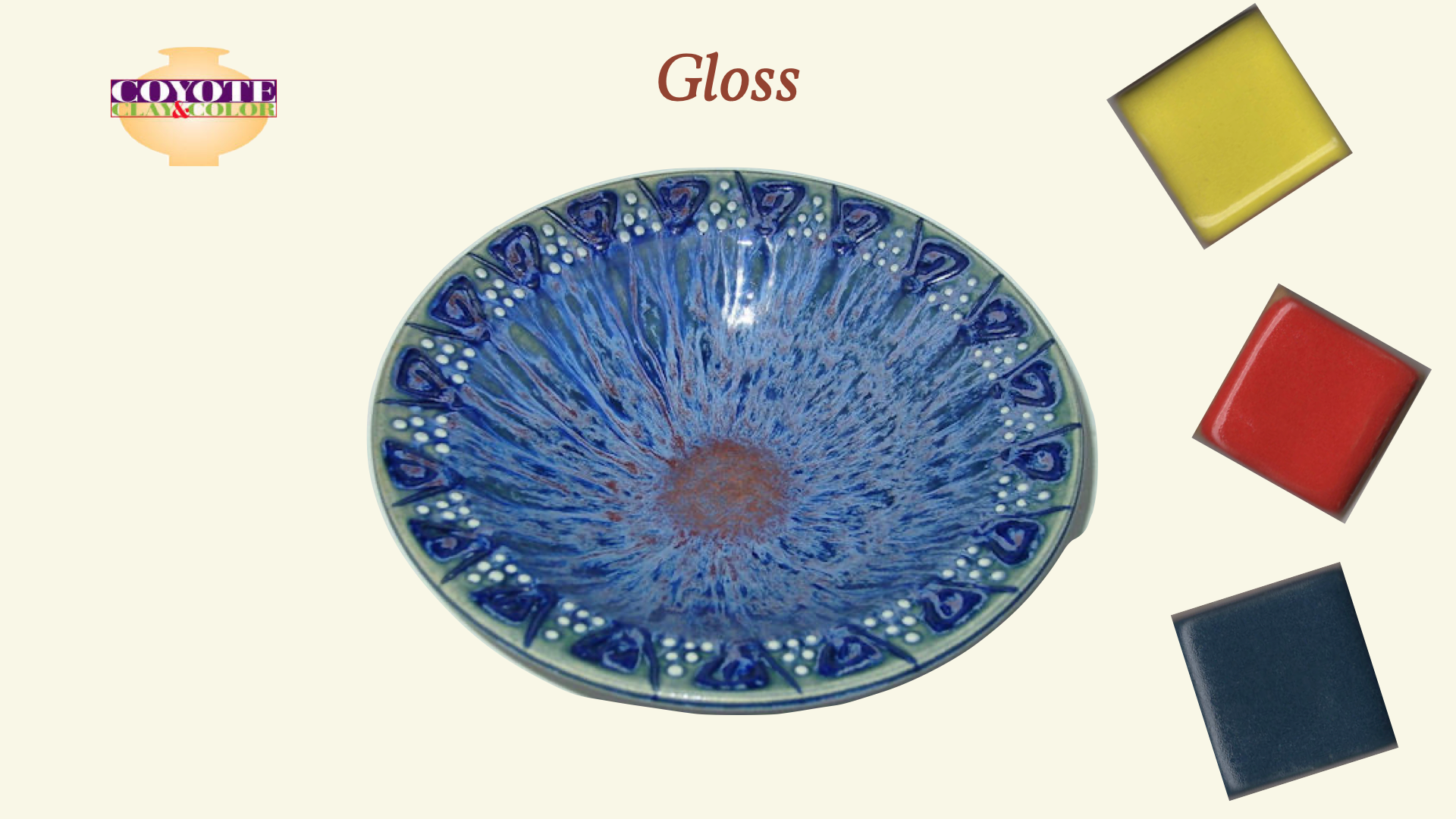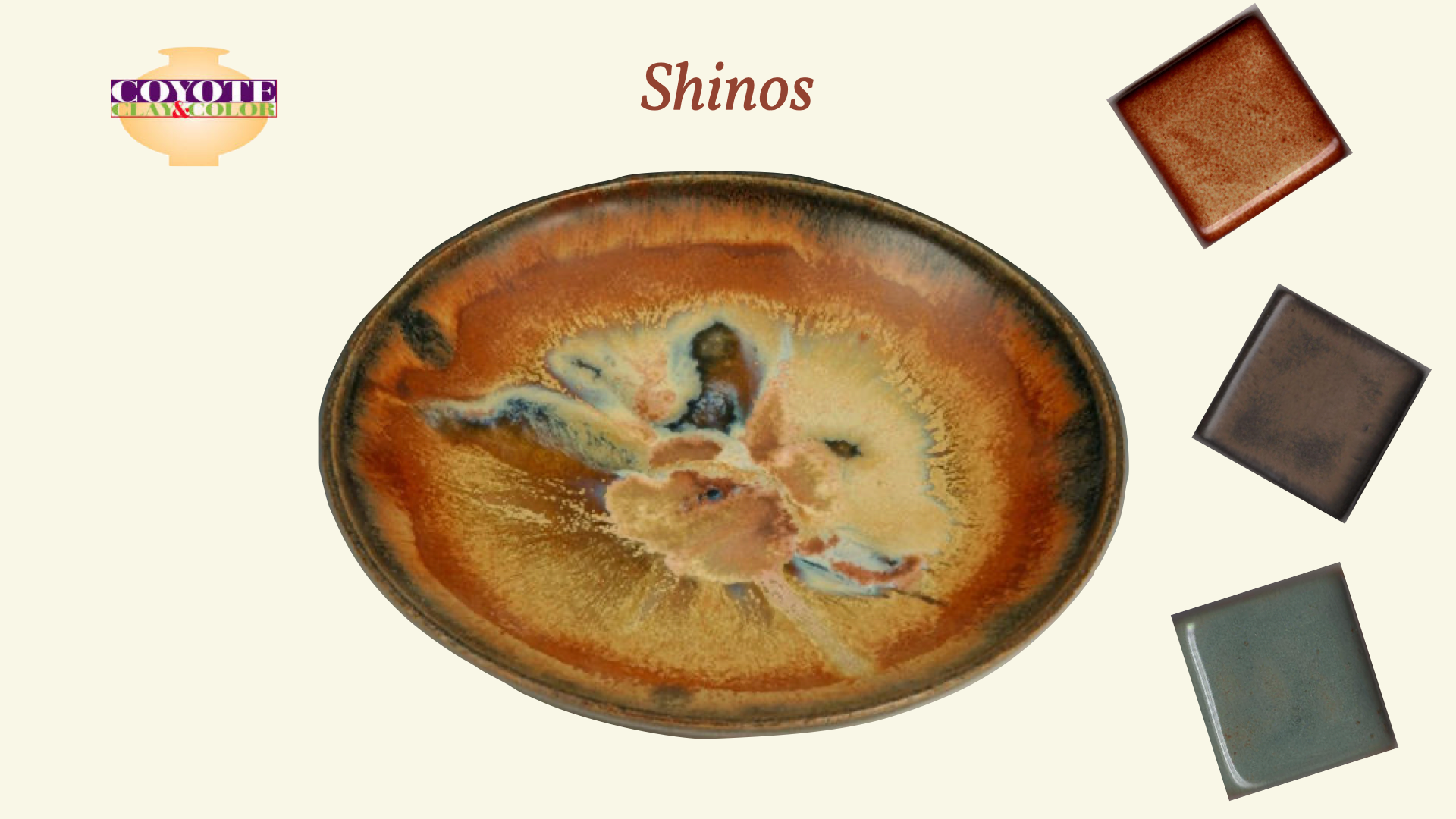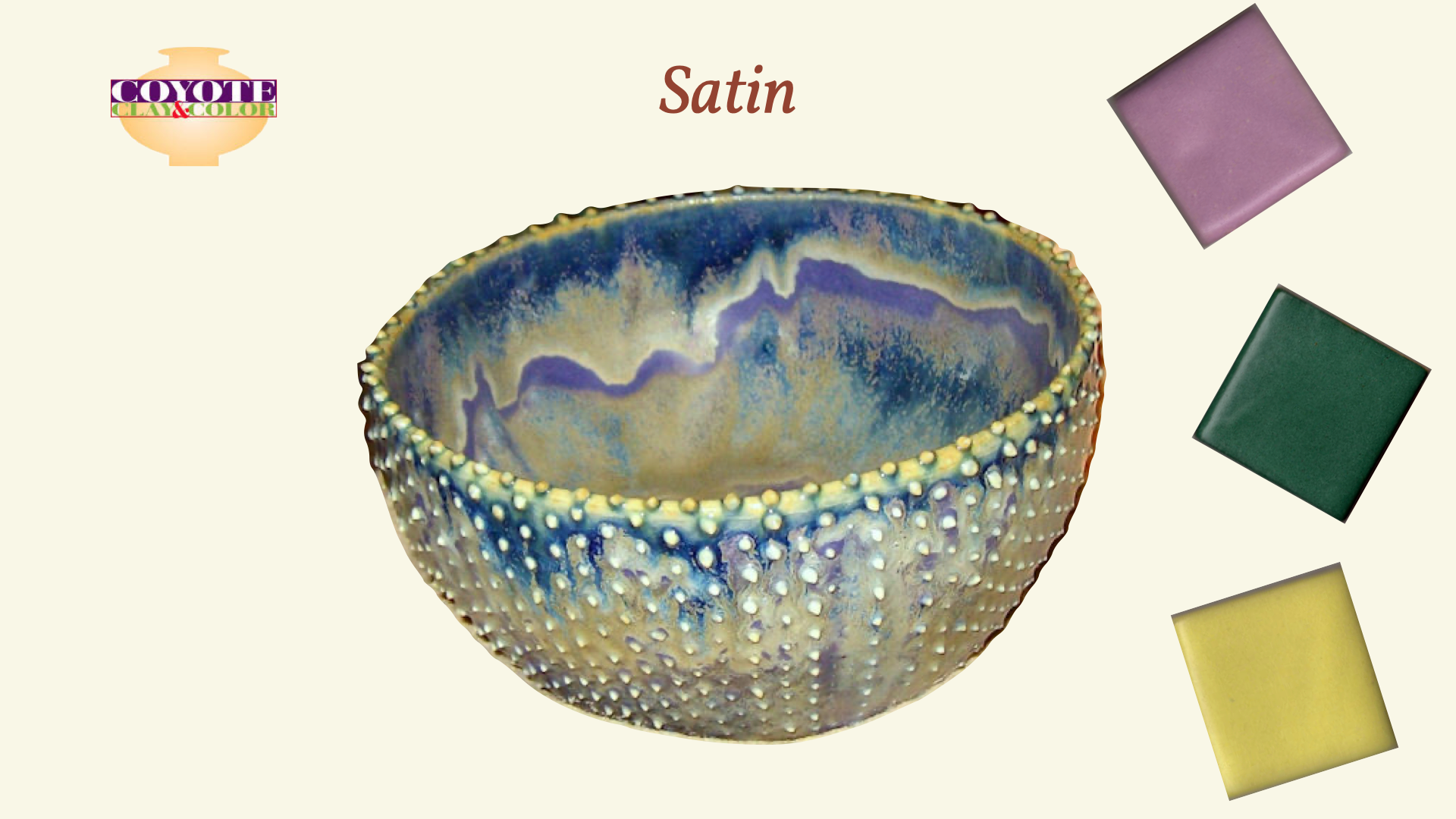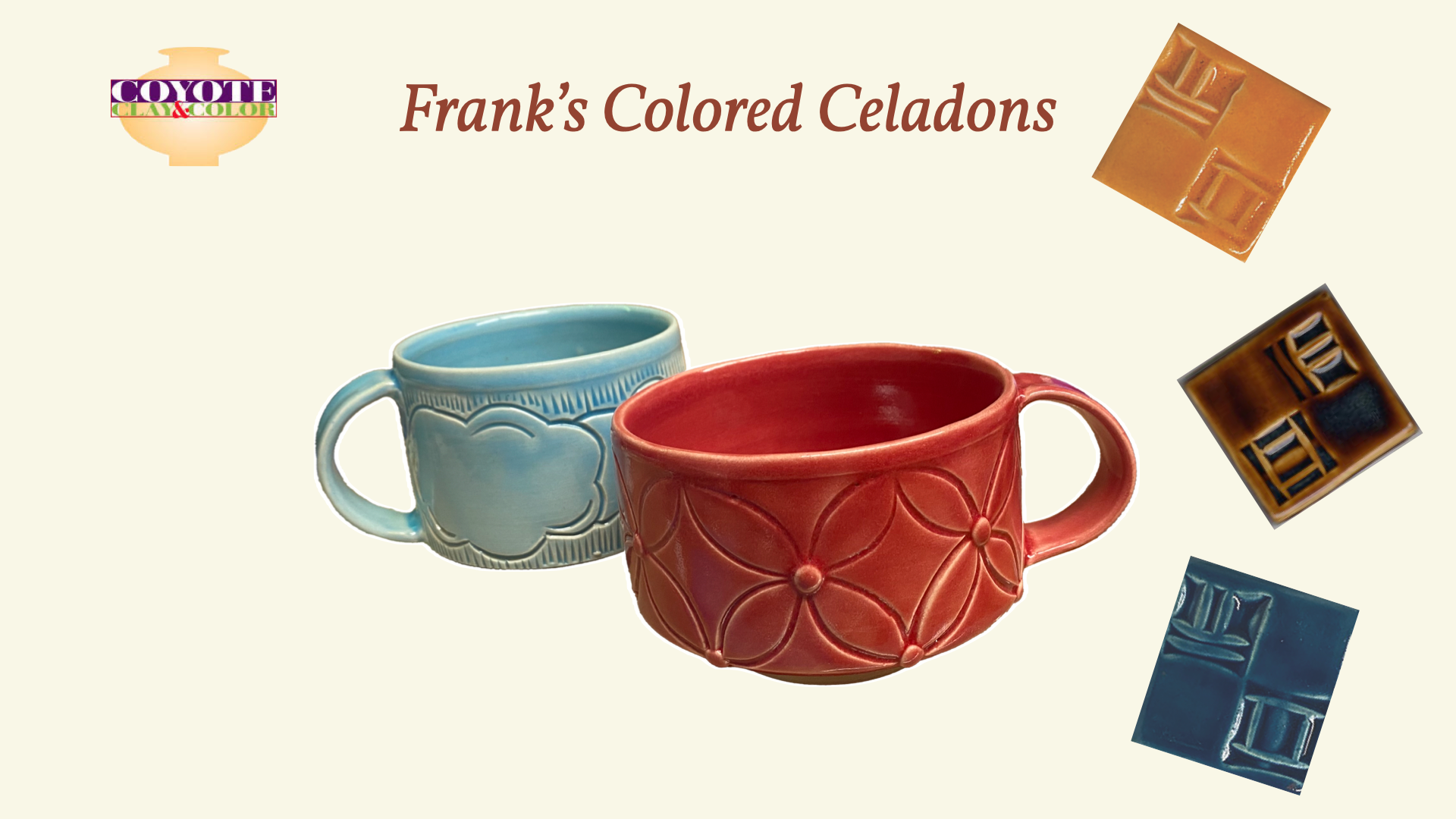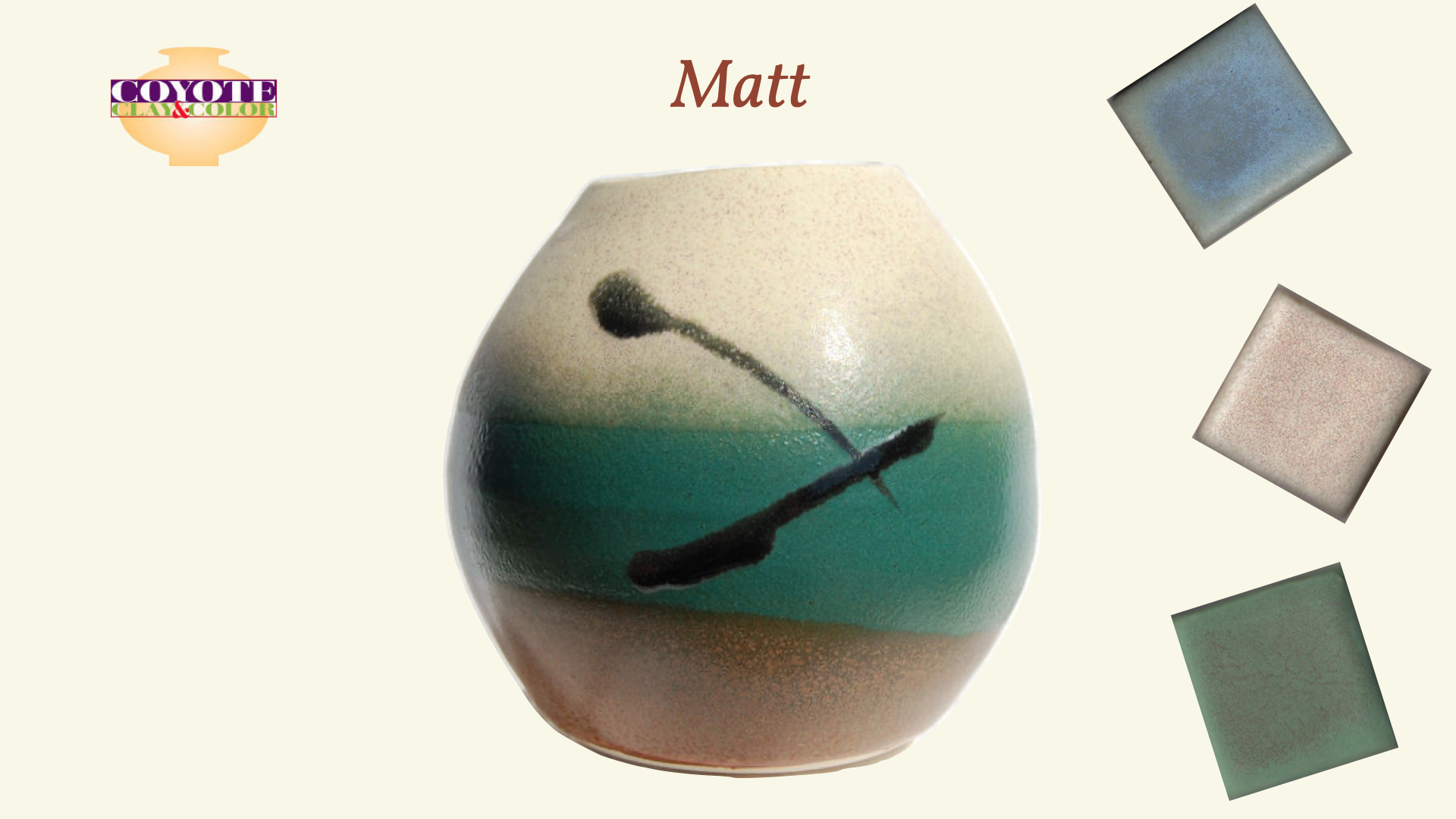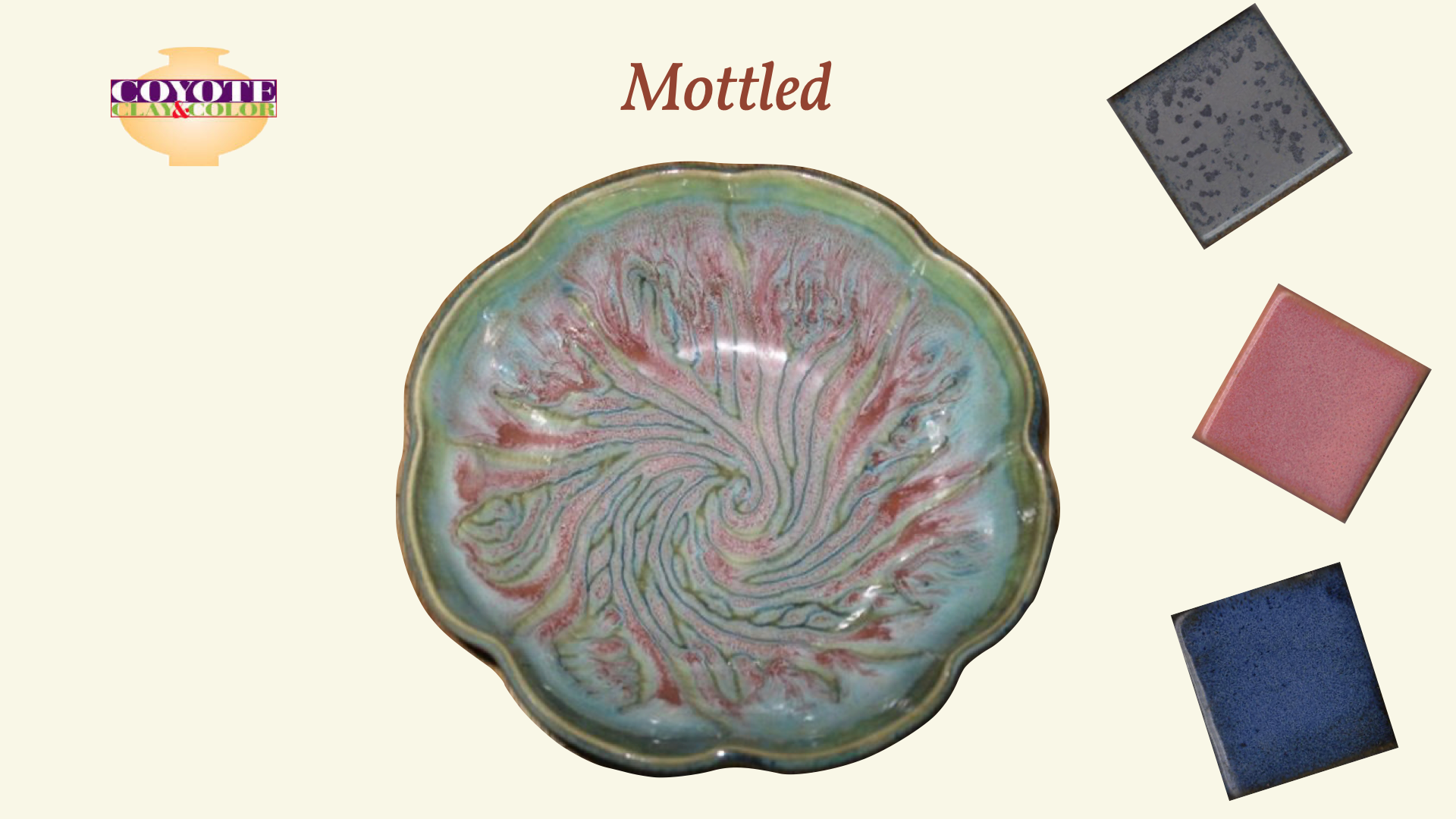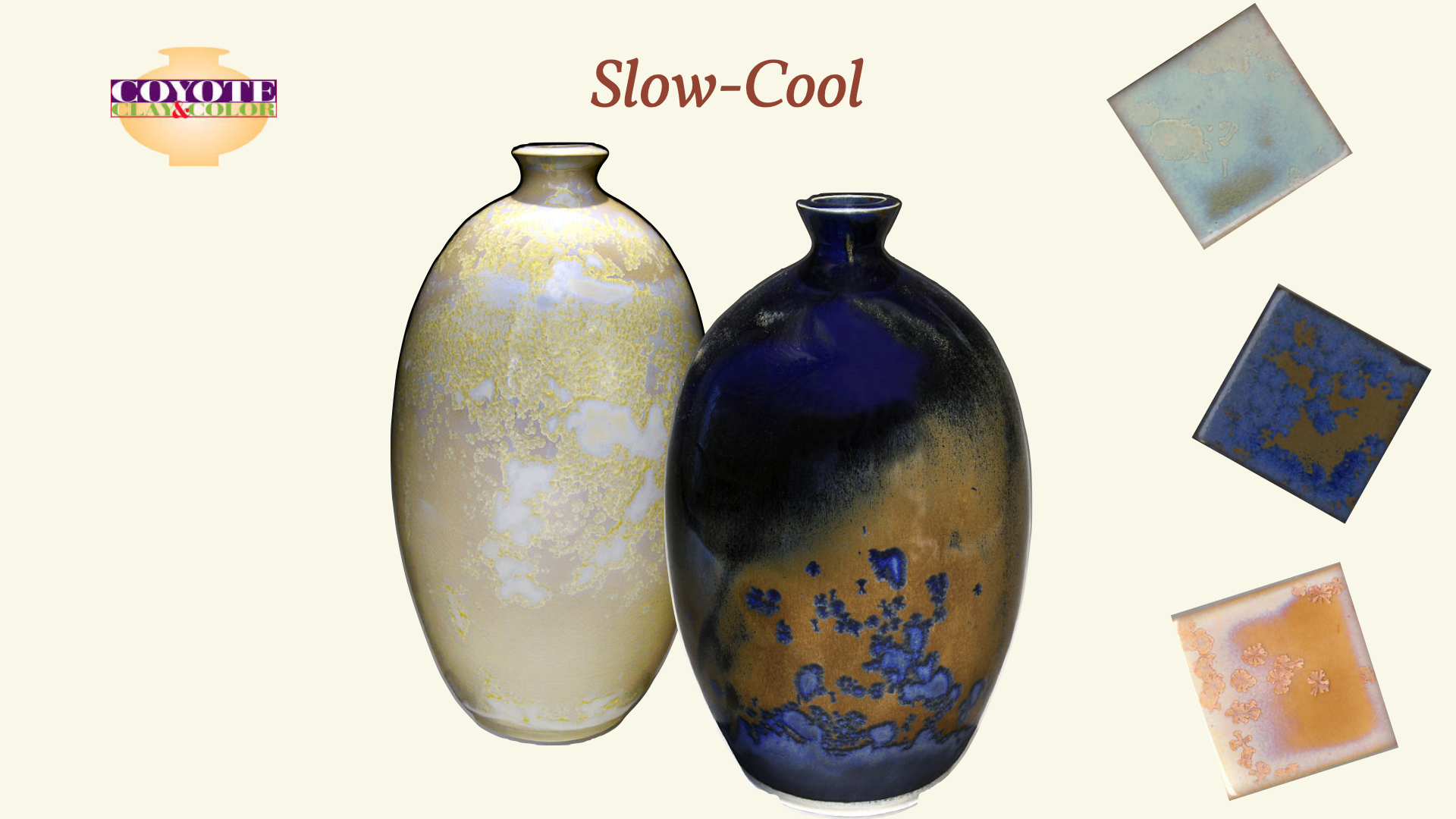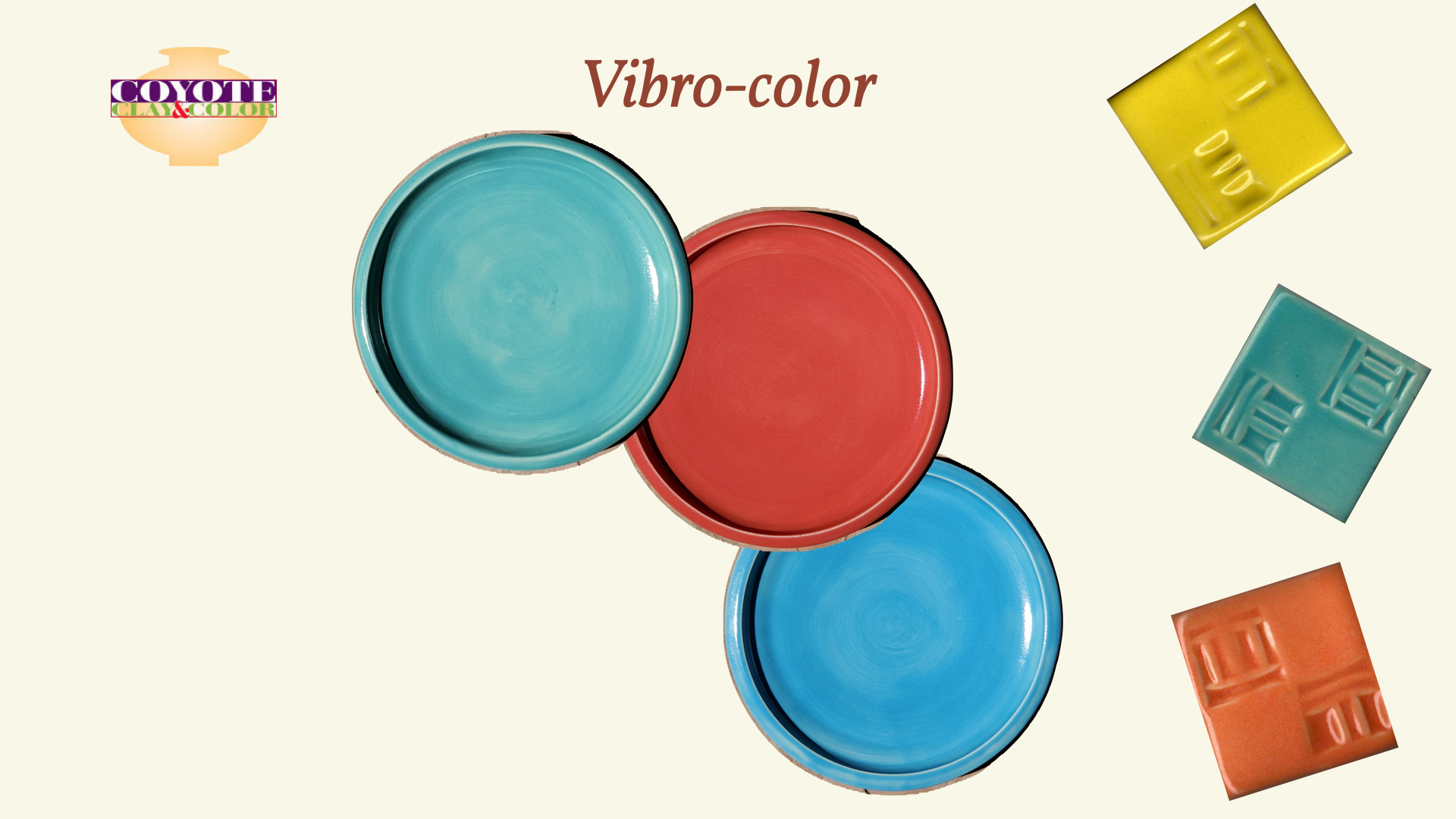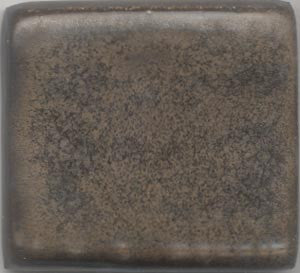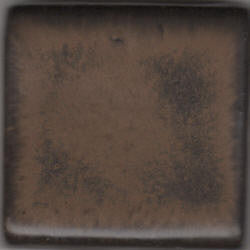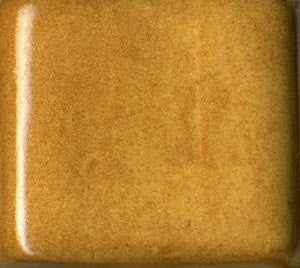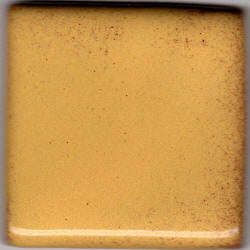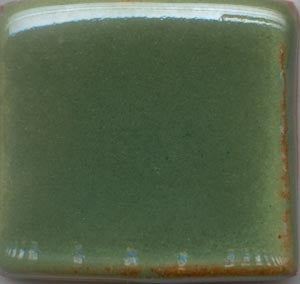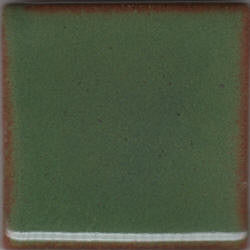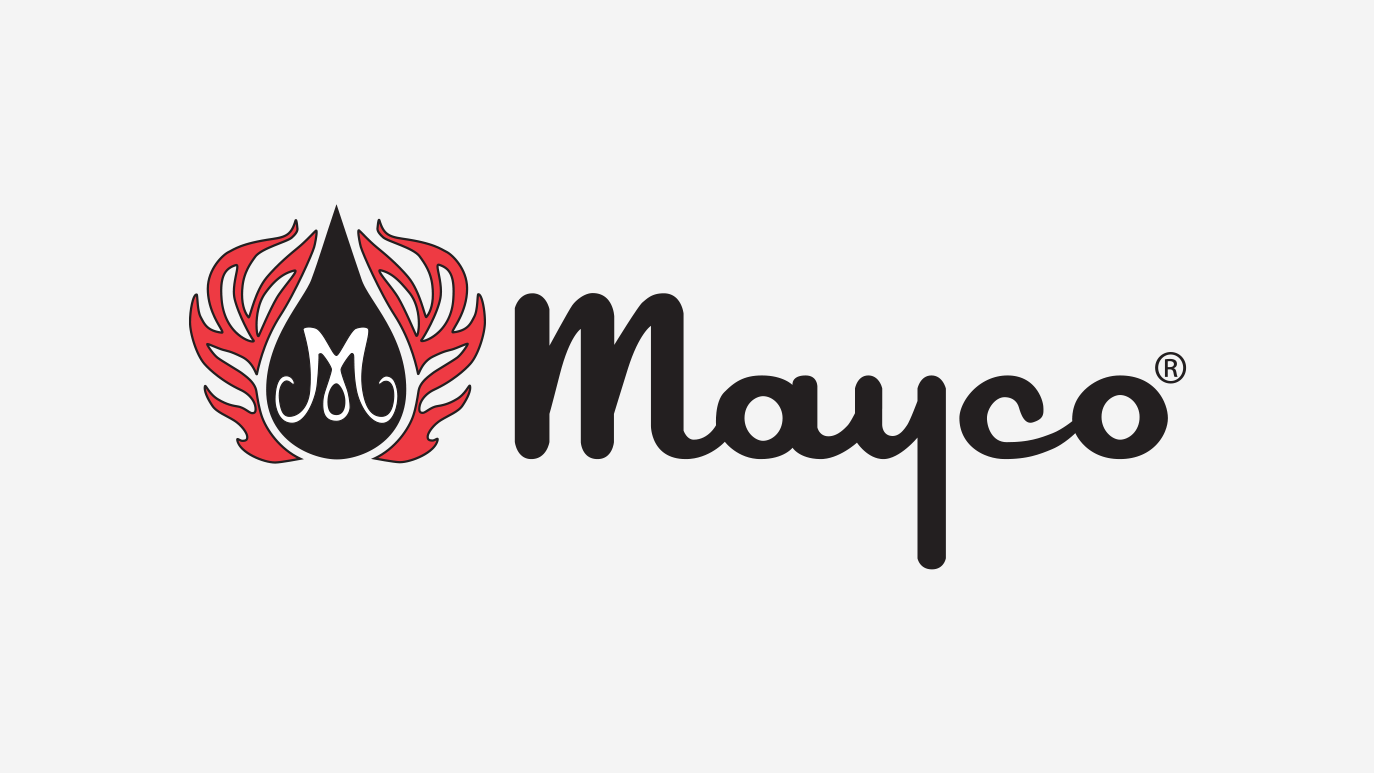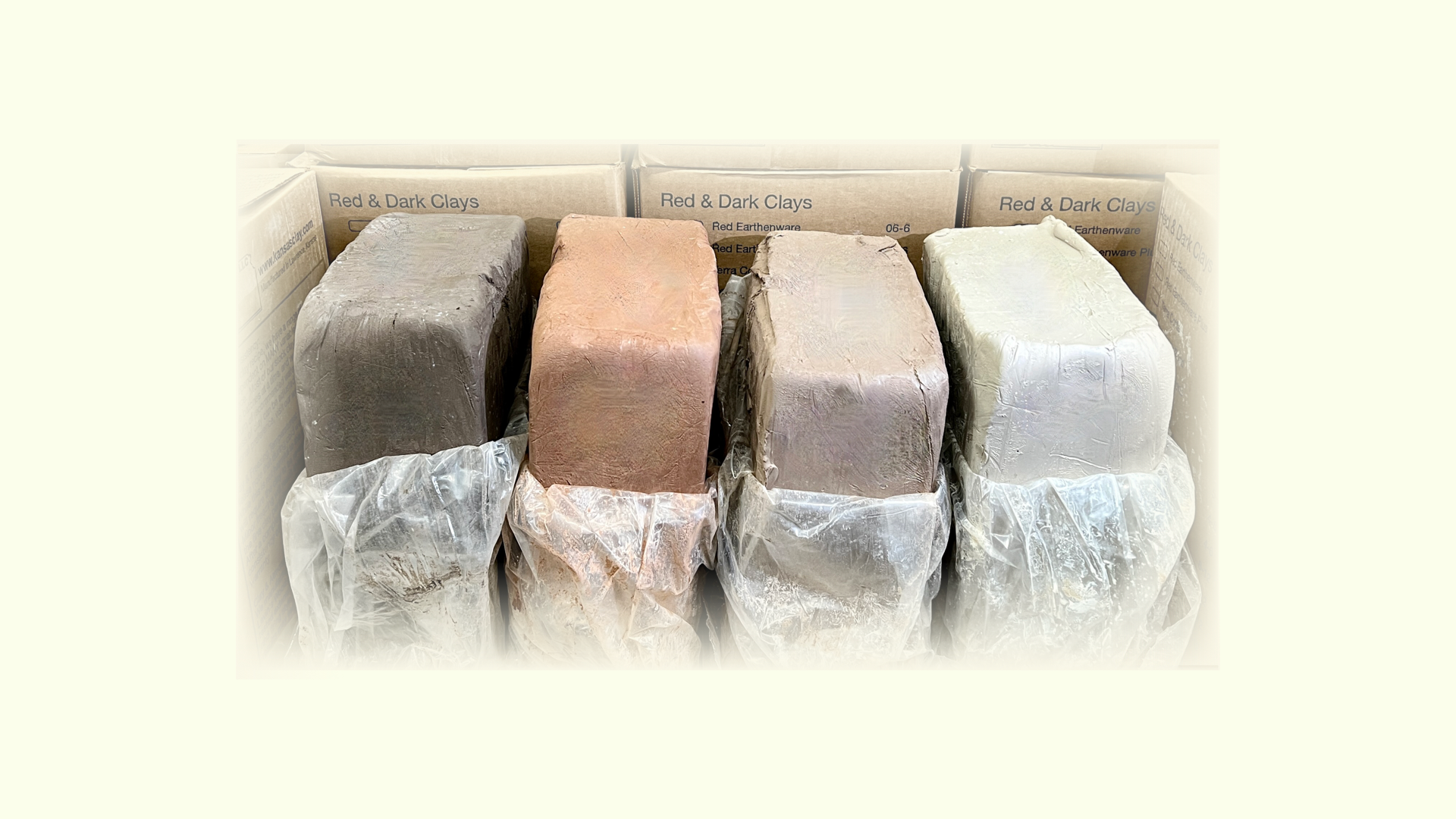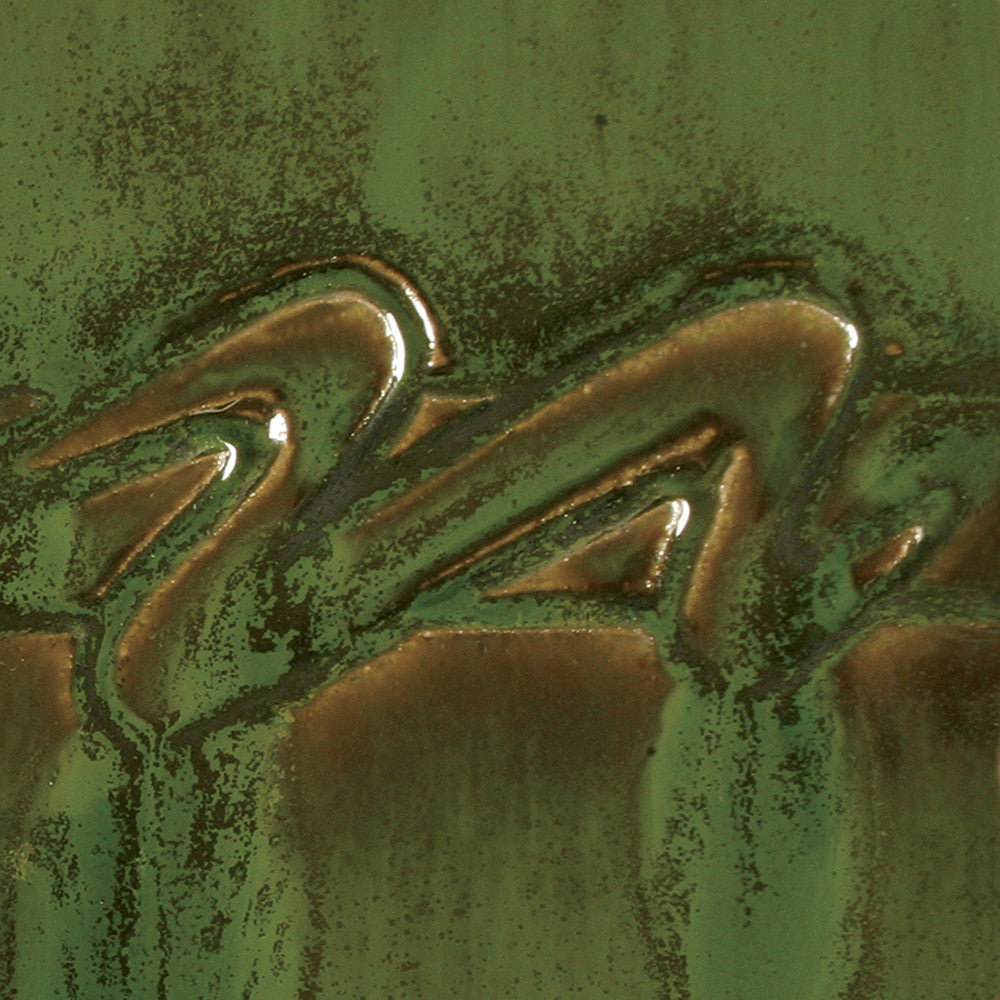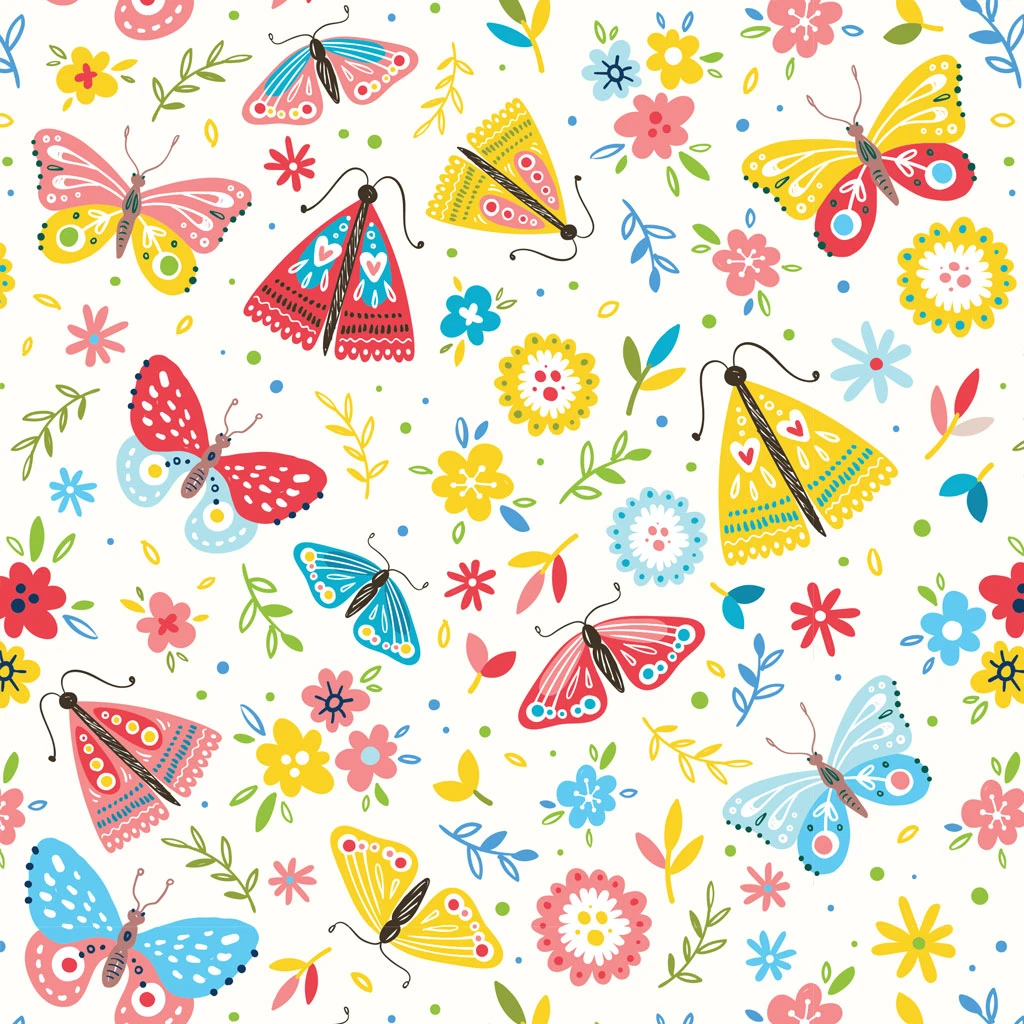Enchanted Sunset Coyote Fantasy #212
Regular price
From $24.50
Sale price
From $24.50
Regular price
$24.50
Choose your option
Espresso Bean Coyote Shino #059
Regular price
From $31.20
Sale price
From $31.20
Regular price
$31.20
Choose your option
Fairy Rose Coyote Fantasy #213
Regular price
From $27.00
Sale price
From $27.00
Regular price
$27.00
Choose your option
Fern Coyote Texas Two Step (undercoat) 143
Regular price
From $17.60
Sale price
From $17.60
Regular price
$17.60
Choose your option
Fire Opal Coyote Mottled #012
Regular price
From $19.00
Sale price
From $19.00
Regular price
$19.00
Choose your option
Firefly Garden Coyote Fantasy #219
Regular price
From $24.10
Sale price
From $24.10
Regular price
$24.10
Choose your option
Forest Satin Coyote Satin #080
Regular price
From $15.00
Sale price
From $15.00
Regular price
$15.00
Choose your option
Frosted Topaz Coyote Archies #240
Regular price
From $31.60
Sale price
From $31.60
Regular price
$31.60
Choose your option
Gemini Coyote Constellations #178
Regular price
From $25.60
Sale price
From $25.60
Regular price
$25.60
Choose your option
Gloss White Liner Coyote Enduro #186
Regular price
From $13.00
Sale price
From $13.00
Regular price
$13.00
Choose your option
Goldenrod Shino Coyote Shino #088
Regular price
From $28.70
Sale price
From $28.70
Regular price
$28.70
Choose your option
Green Matt Coyote Matt #047
Regular price
From $15.00
Sale price
From $15.00
Regular price
$15.00
Choose your option
Green Shino Coyote Shino #044
Regular price
From $27.50
Sale price
From $27.50
Regular price
$27.50
Choose your option
Gun Metal Green Coyote Archies #026
Regular price
From $28.20
Sale price
From $28.20
Regular price
$28.20
Choose your option
Hazelnut Satin Coyote Satin #081
Regular price
From $15.00
Sale price
From $15.00
Regular price
$15.00
Choose your option
Honey Dew Coyote Enduro #180
Regular price
From $15.10
Sale price
From $15.10
Regular price
$15.10
Choose your option
Hydra Scale Coyote Fantasy #220
Regular price
From $22.60
Sale price
From $22.60
Regular price
$22.60
Choose your option
Ice Blue Coyote Archies #058
Regular price
From $28.40
Sale price
From $28.40
Regular price
$28.40
Choose your option
Iris Coyote Franks Colored Celadons #111
Regular price
From $16.50
Sale price
From $16.50
Regular price
$16.50
Choose your option
Iron Matt Coyote Matt #049
Regular price
From $15.00
Sale price
From $15.00
Regular price
$15.00



